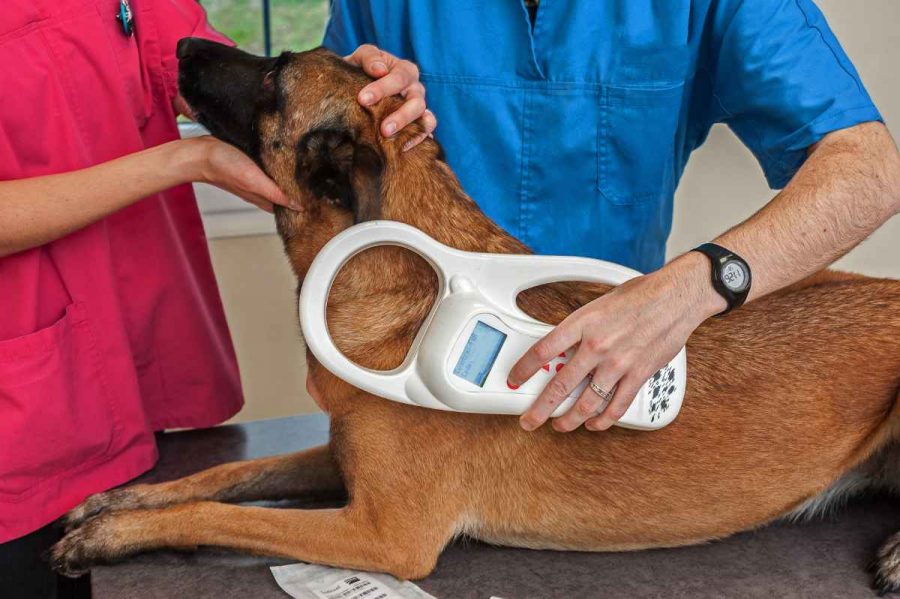Pet owners can be very apprehensive about their pets and many wish they could control them with a GPS microchip for dogs. Unfortunately, many people have had their dog or cat wander away from home or out for a walk for whatever reason: all it takes is a loud noise to frighten them or, for the more hyperactive, something that catches their attention, and they end up losing sight of them.
This is where GPS localisation systems designed specifically for dogs and cats come in: the same satellite technology that allows us to use the navigator is incorporated into special collars that are thus able to calculate with a certain degree of precision the coordinates where the animal is. We have spoken of a collar and not a microchip because, as desirable as it may be, the possibility of using tiny subcutaneous electronic circuits to locate our dogs does not yet exist. The GPS microchip for dogs is therefore not yet a reality; GPS collars and microchips for dogs are, but they serve an entirely different function.

The microchips that Italian law requires dogs to have are not equipped with GPS technology, but have an identification function. When a dog is entered in the dog registry, the vet inserts a tiny chip under the dog’s skin that contains all the essential information that, once read, makes it possible to ascertain who the owner of the dog is.
The GPS functionality we are interested in is offered by the various GPS collars for dogs and cats that you can easily find online, including Amazon. In fact, these are extremely useful devices that are now increasingly smart and multifunctional: localisation and tracking of movements are accompanied by increasingly comprehensive monitoring of your pet’s daily activities and an essential overview of its state of health. In the end, the microchip for dogs with GPS does not yet exist, all this technology is not yet able to be concentrated in a very small chip, but fortunately it already exists in other forms and can be very useful.
